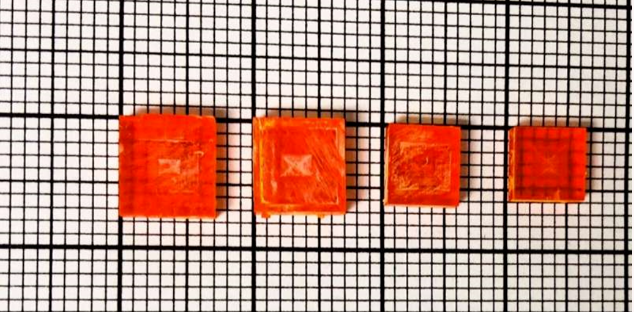
For high-energy X-ray detection: a durable and sensitive new material
2023-10-21 10:00X-ray technology plays a vital role in medical and scientific research, and recent advances in X-ray technology are enabling brighter, stronger beams and imaging of increasingly complex systems under real-world conditions.
To support these advances, scientists are working to develop X-ray detector materials that can withstand high-brightness, high-energy X-rays while maintaining sensitivity and cost-effectiveness.
A team of scientists at the U.S. Department of Energy's (DOE) Argonne National Laboratory and their colleagues have demonstrated the superior performance of a new material for detecting high-energy X-ray scattering patterns. This detector material has excellent durability at ultra-high X-ray fluxes and is relatively low cost, which may be widely used in synchrotron-based X-ray research.
In an X-ray scattering experiment, a beam of photons passes through the sample being studied. The sample scatters photons, which then hit the detector material. By analyzing how the X-rays are scattered, scientists can learn about the structure and composition of the sample.

"Many current detector materials cannot handle the various beam energies and huge X-ray fluxes generated by large synchrotron facilities. Miceli said: "Materials that can be processed are often expensive or difficult to grow, or must be cooled to very low temperatures.
Due to the need for better detector materials, the team analyzed the properties of the cesium bromide peroxide crystals. Peroxide crystals are simple in structure and highly adjustable, making them suitable for a variety of applications.
The material is grown using two different methods. One way is to induce crystal formation by melting and cooling the material. The other is a solution-based approach, where the crystals are grown at room temperature.
Materials grown using these two methods show superior detection capabilities and can withstand fluxes up to the APS limit without any problems.
